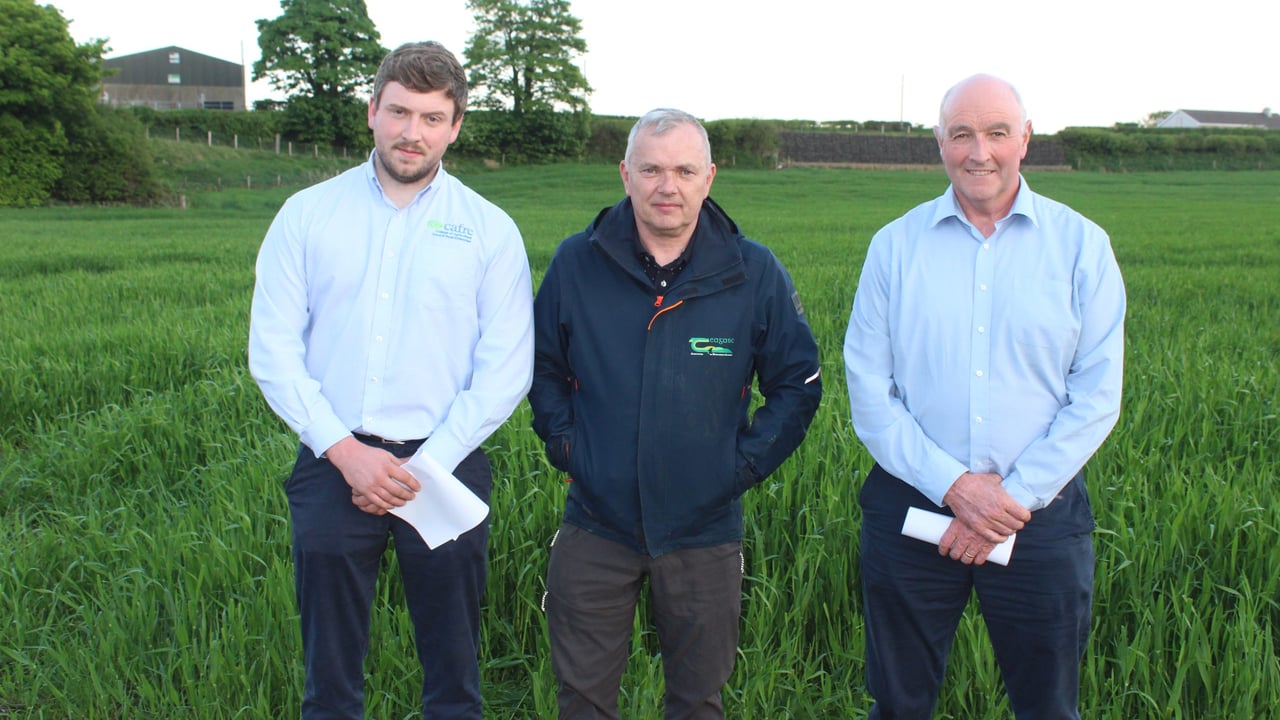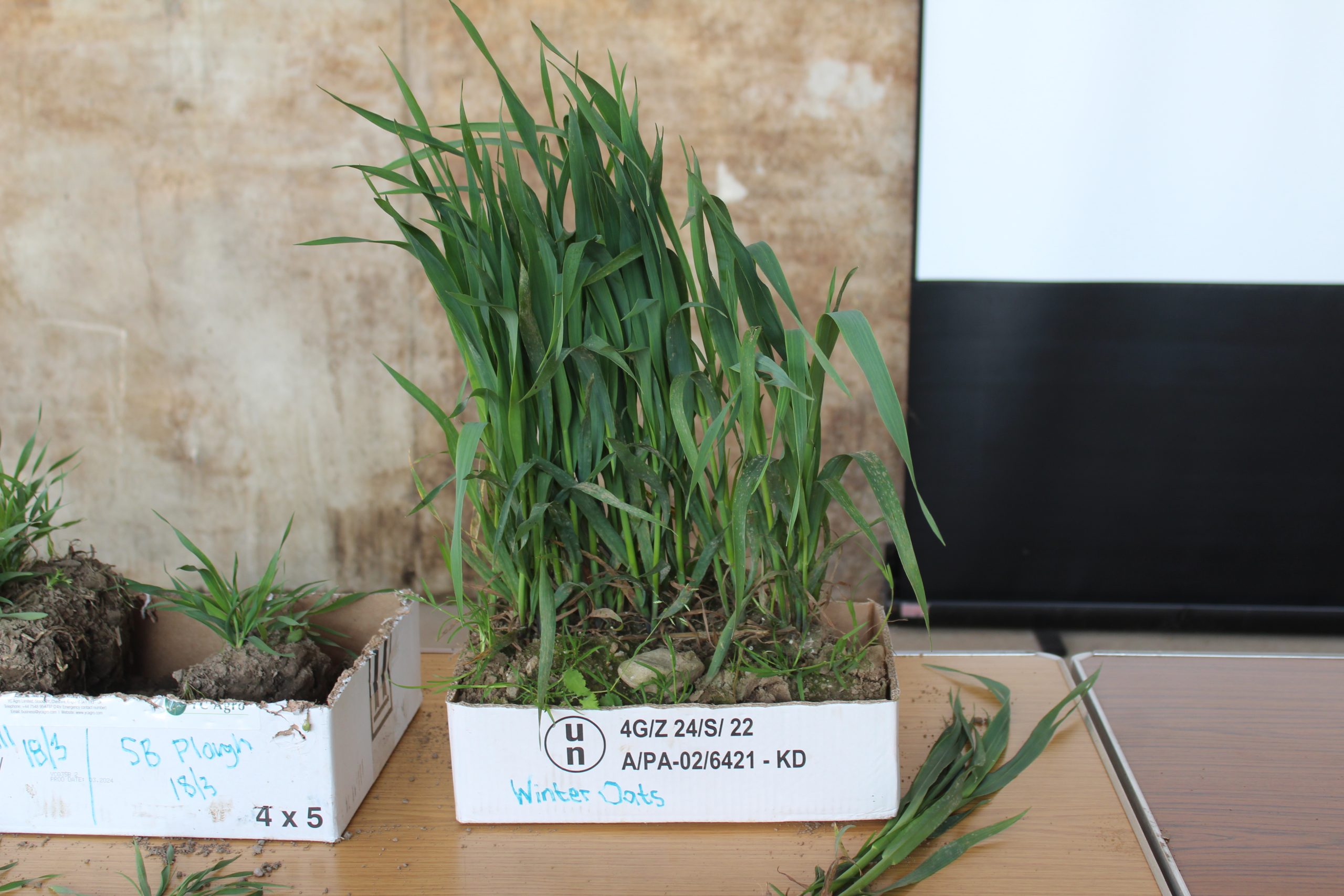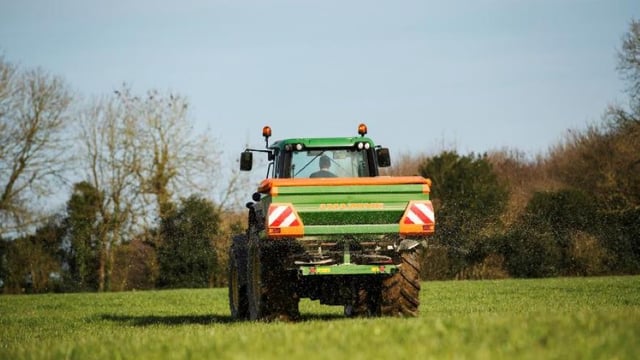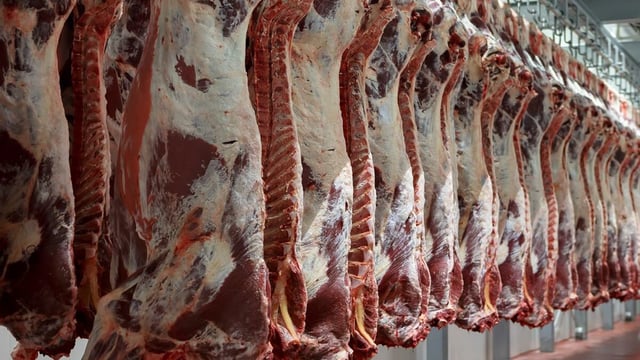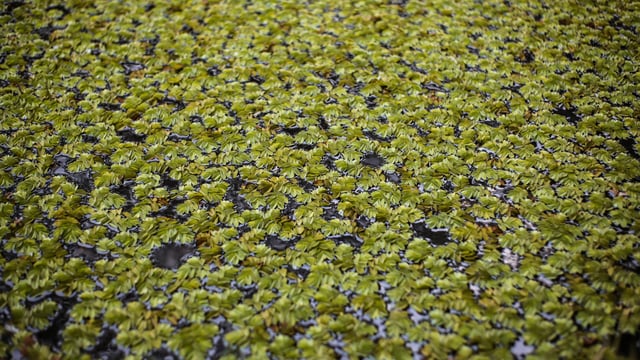50:50 nitrogen fertiliser split best for oat crops - agronomist
Teagasc research has claimed that a 50:50 nitrogen fertiliser split works best for both winter and spring oat crops.
And, as is the case with wheat, tiller numbers do not determine final yield, as oat panicles have the capacity to grow in size, depending on light availability.
Teagasc tillage specialist, Shay Phelan, made these points while attending a recent College of Agriculture, Food, and Rural Enterprise (CAFRE) crops’ walk, held in Limavady: Co Derry.
Phelan said: “Research is also showing that putting on no more than 120 units of nitrogen per acre will deliver optimal yield and oat quality.
“There is no benefit to be gained in going above this level of fertiliser application.
“Adding more nitrogen simply reduces the quality of the grains produced."
Teagasc research has also confirmed that oats are not good at utilising freshly applied potash and phosphate.
According to Phelan: “Oats are, by their nature, a scavenging crop. However, plants will preferentially seek out nutrients already in the soil rather than those freshly applied.
“This has been proven courtesy of trial works, which show that untreated oat crops on low phosphorous and potash soils will yield as well as crops to which these nutrients have been added by way of a fertiliser application.”
According to the Teagasc representative, growth stage 32 is key when it comes to applying a growth regulator to oat crops.
“This is when the greatest straw shortening impact will be created. Increasingly, however, growers are splitting the growth regulator application between growth stages 31 and 32," Phelan explained.
“This approach seems to reduce the stress levels on the plants.”
The heads-coming-out stage is vitally important in determining the overall yield by pat crops.
“And it’s vitally important that crops are not stressed when they reached this stage in their development,” Phelan commented.
“Factors coming into play here could include the late application of a plant growth promoter. Big swings in temperature can also have the same effect.
“There is a period of about 20 days around ear emergence within which stress can impact on crop quality and yield. So, making sure that plant growth promoters are not applied beyond growth stage 32 is important."
Controlling mildew is the main crop disease priority for all oat crops.
“Keeping on top of mildew is a priority for all oat crops," Phelan said.
“A strob can be used to control crown rust in oats.”

